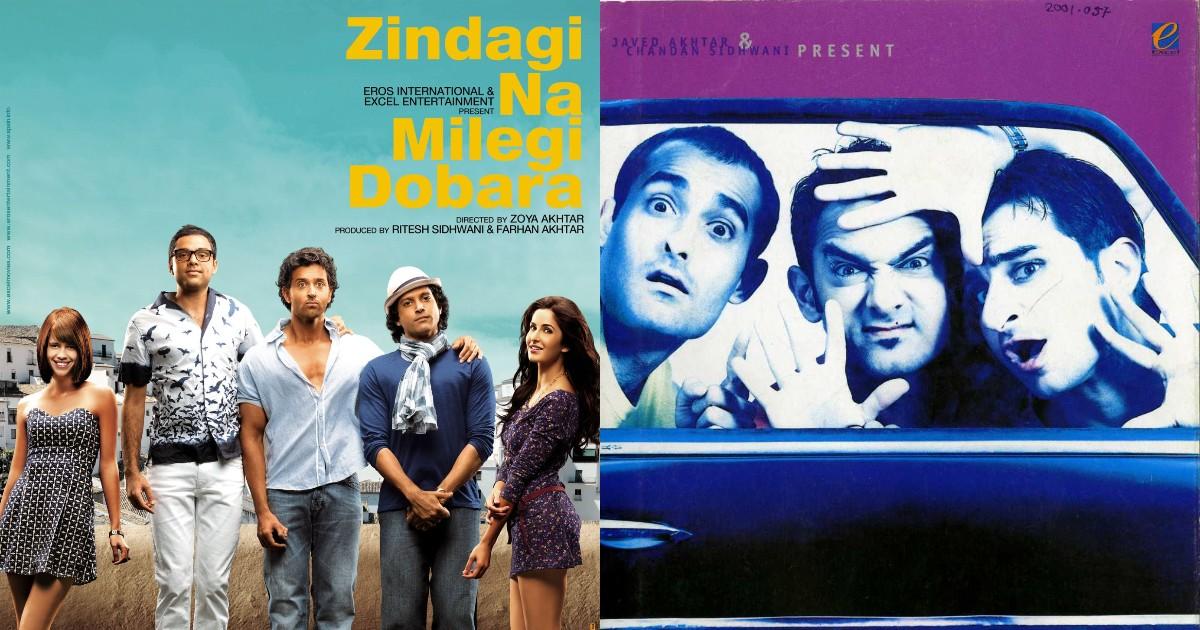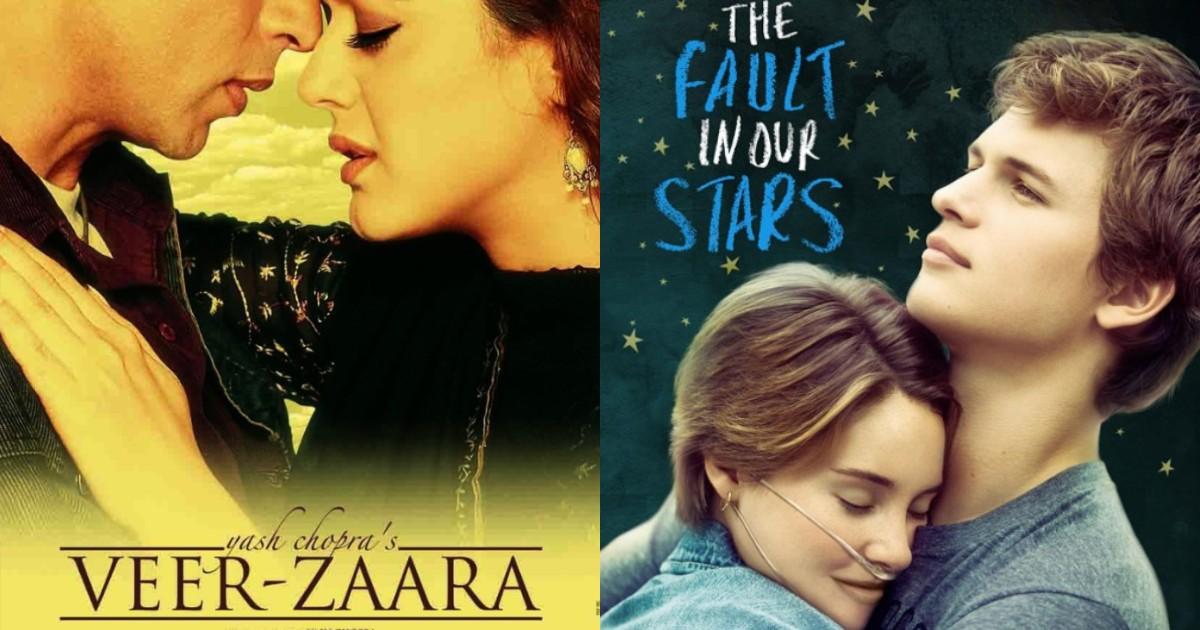By now Bollywood has stereotyped almost everything. Whether it’s gender stereotypes, caste stereotypes, or casual racism and sexism, Bollywood films have them all. And it’s so deeply entrenched that every year we get to see more of it.
While there have been conscious efforts towards eliminating some societal stereotypes, it only happens rarely. In 2021 too, Bollywood managed to stereotype a few notions.
1. Muslim characters are always either maulvis or a tailors, and other communities can’t stand the thought of being related to them in any way.
If you’ve watched Kriti Sanon and Pankaj Tripathi starrer Mimi, you’d know what I mean. When Bhanu poses as Mimi’s husband, her parents nearly faint at the thought of him being a Muslim and call it a disaster.
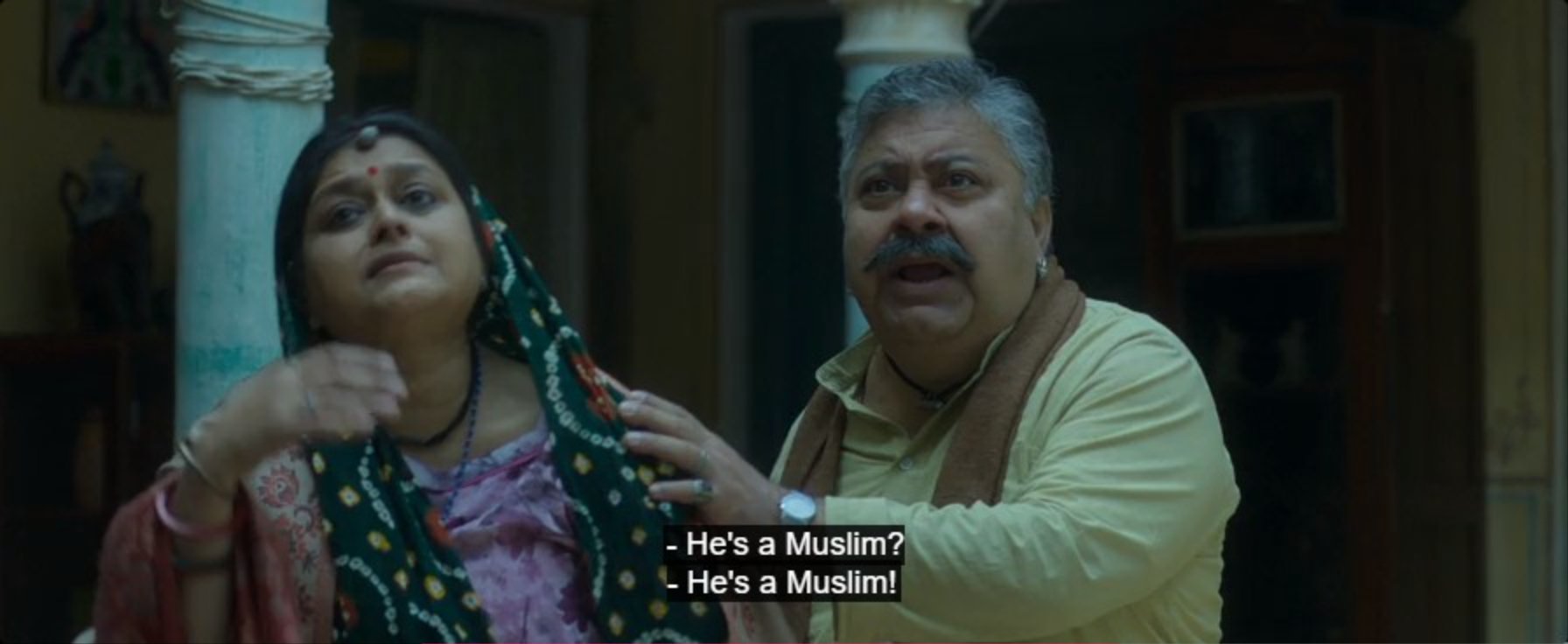
2. If someone is from the northeast, they must know how to play guitar.
This is quite common in Bollywood movies and the same was portrayed in Meenakshi Sundareshwar when Sundar’s colleagues-cum-flatmates ask one of their roomies from the northeast to play guitar.
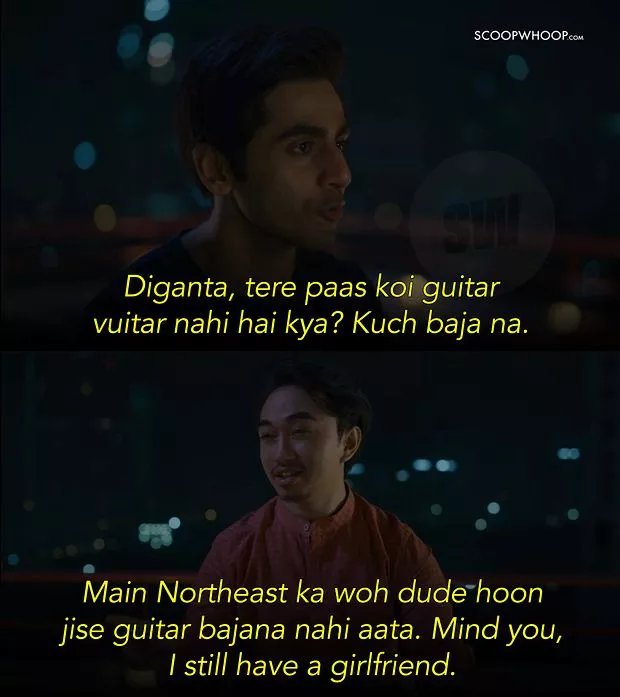
3. Aborting a fetus is almost always considered equivalent to murdering a child and women who choose to abort are looked down upon.
When Mimi is told that her baby might be born with Down Syndrome and she still has a chance to abort the fetus, she refers to the fetus as a baby and shames women who choose to have an abortion.
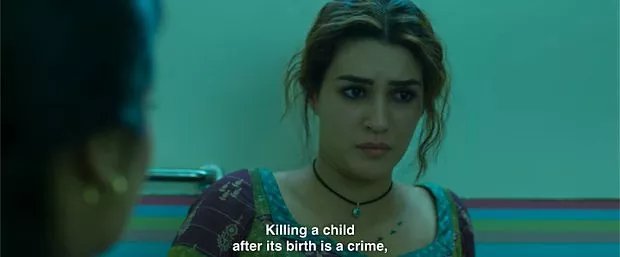
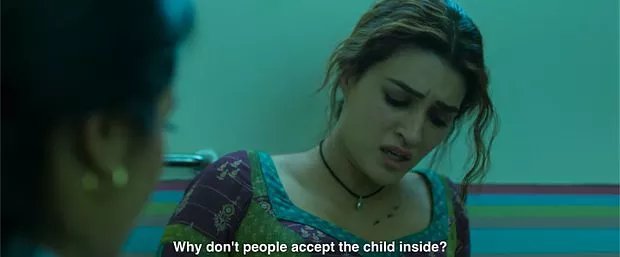
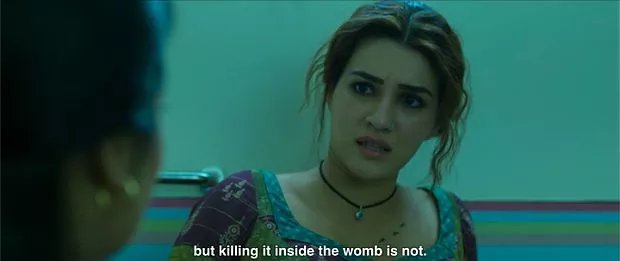
4. Single working mothers who prioritize their work are seen as oppressive by their children and ‘bad mothers’ by society.
While Renuka Sahane’s Tribhanga, explored the complexities of the difficult choices Indian mothers have to make at times, but it somehow questions the choices of all mothers in the film. It reinforces the notion that women should attend to their children first and if they don’t, they are commiting an unforgivable crime.
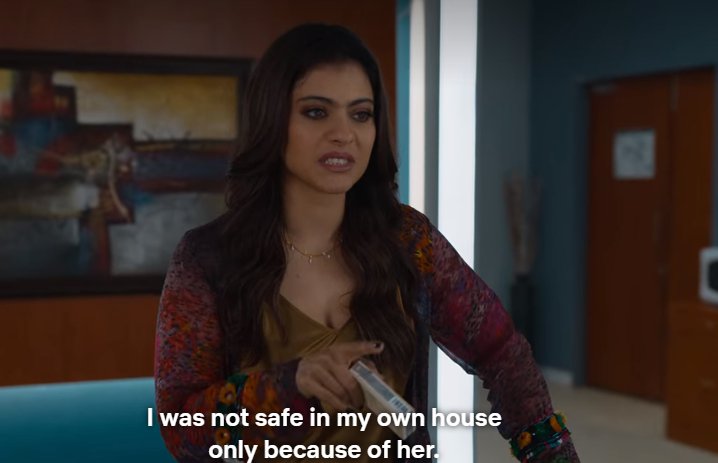
5. In arranged marriages people look for girls who are sundar, susheel and talented (know how to cook, clean, etc.) and guys who have a height of 5’10.
In Netflix’s Haseen Dillruba, when Rishu’s family goes to Delhi to meeti Rani, her mother serves them snacks, saying her daughter has cooked them all. The two get married and when Rishu’s mother gets to know that Rani doesn’t know anything about cooking, she taunts her every day.
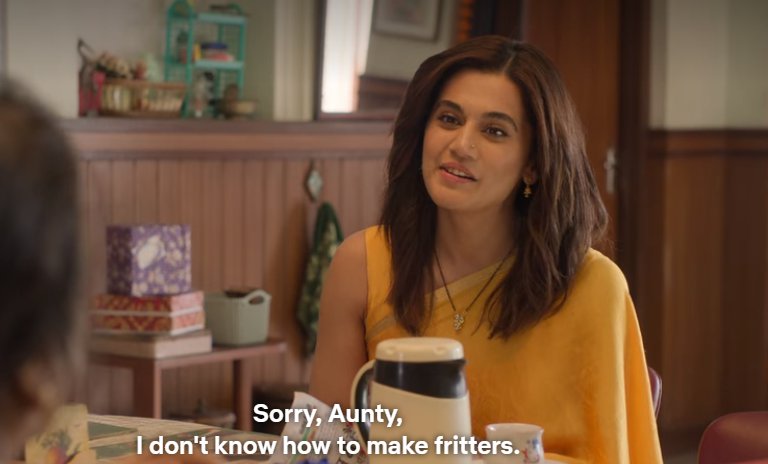
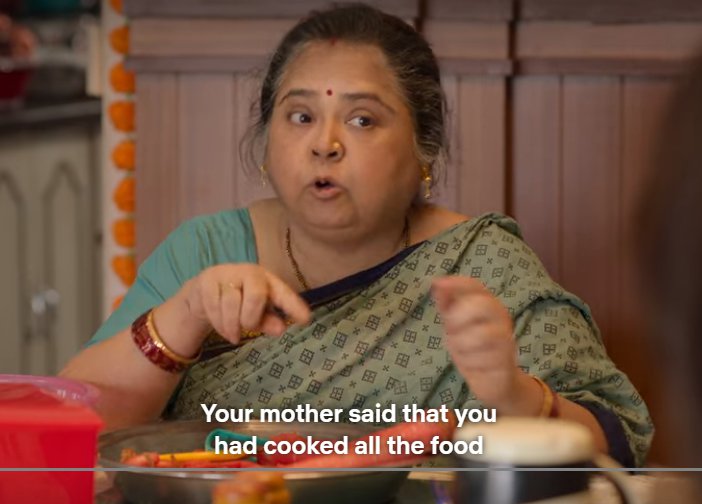
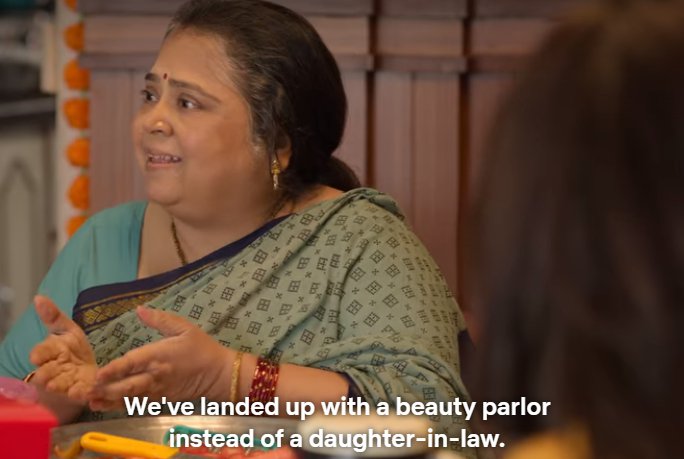
Rani also brings up how Rishu’s biodata said he was 5’10 but he is hardly 5’8.
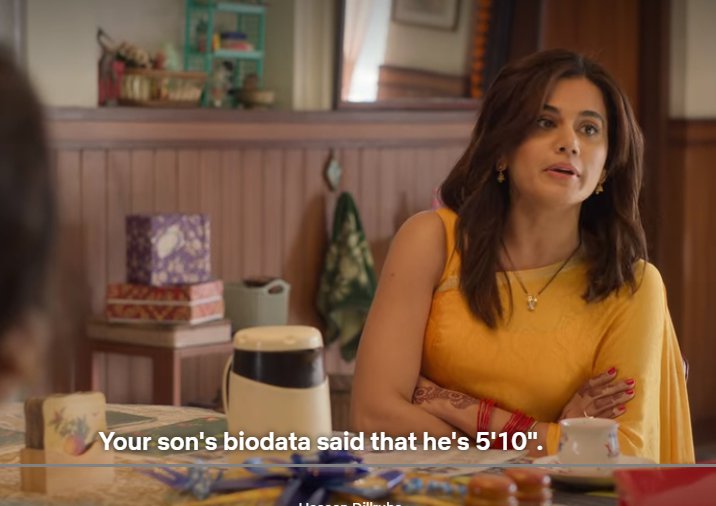
6. Engineers make the best husbands, they are committed to their relationships and they can repair all electrical home appliances.
Be it Haseen Dillruba or Meenakshi Sundareshwar, Bollywood movies have time and again stereotyped engineers. Rishu (Vikrant Massey) works at an electricity board and is an engineer by profession but he is shown repairing fans and lights.
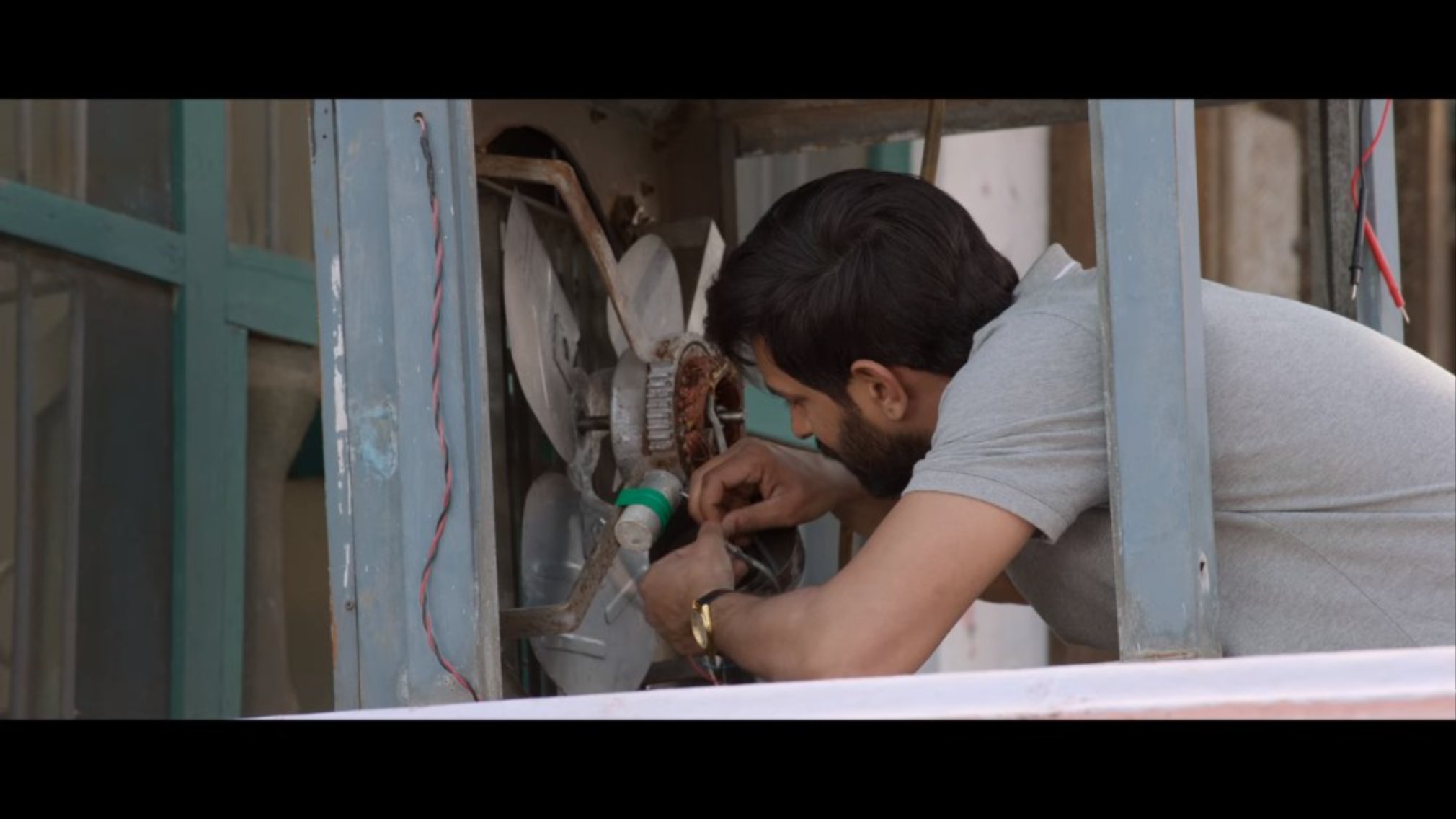
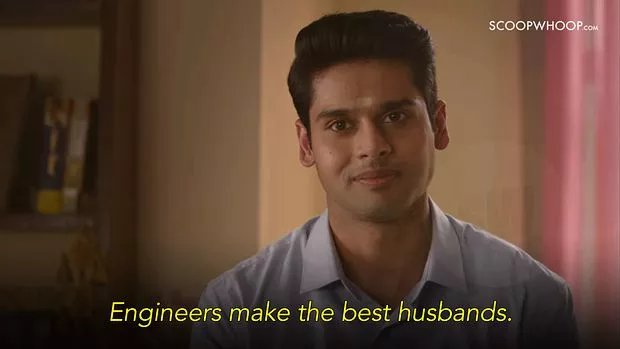
7. All South Indians are Madrasis.
It doesn’t matter what state you belong to. If you speak with a South Indian accent, you’re a Madrasi as per Bollywood films.
There is a scene in Chak De India where the receptionist asks “What’s the difference between Tamil and Telugu anyway?” to which the girls reply “the same difference that you will find in Bihar and Punjab”.
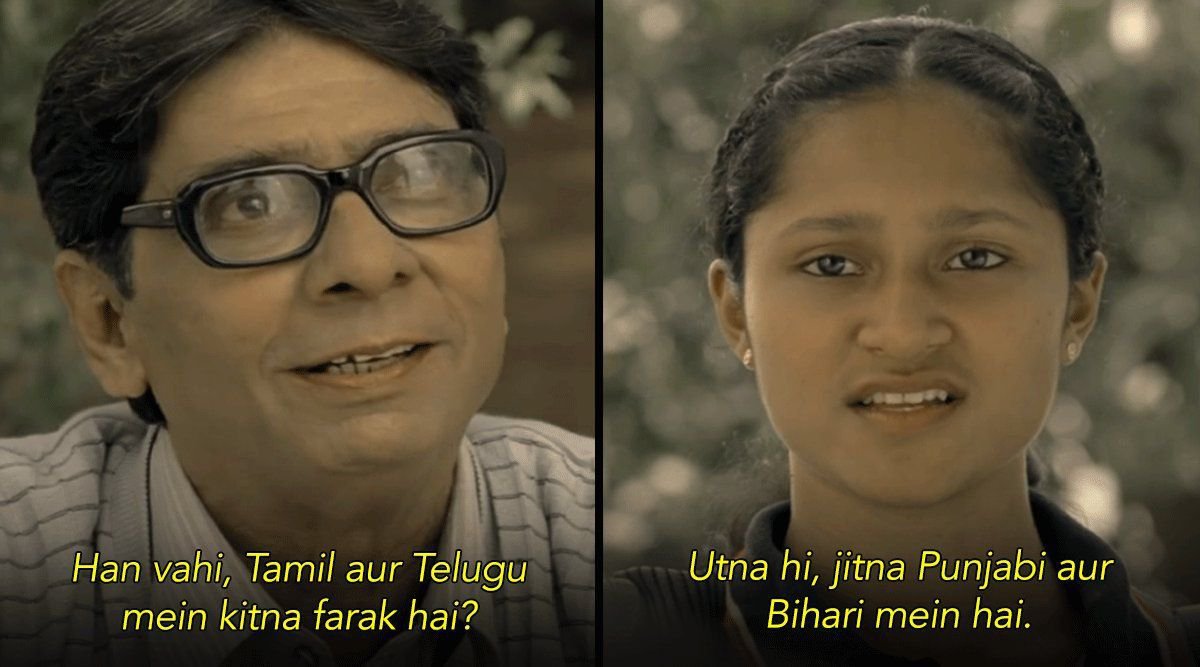
Netflix’s Meenakshi Sundareshwar also perpetuates this trend.
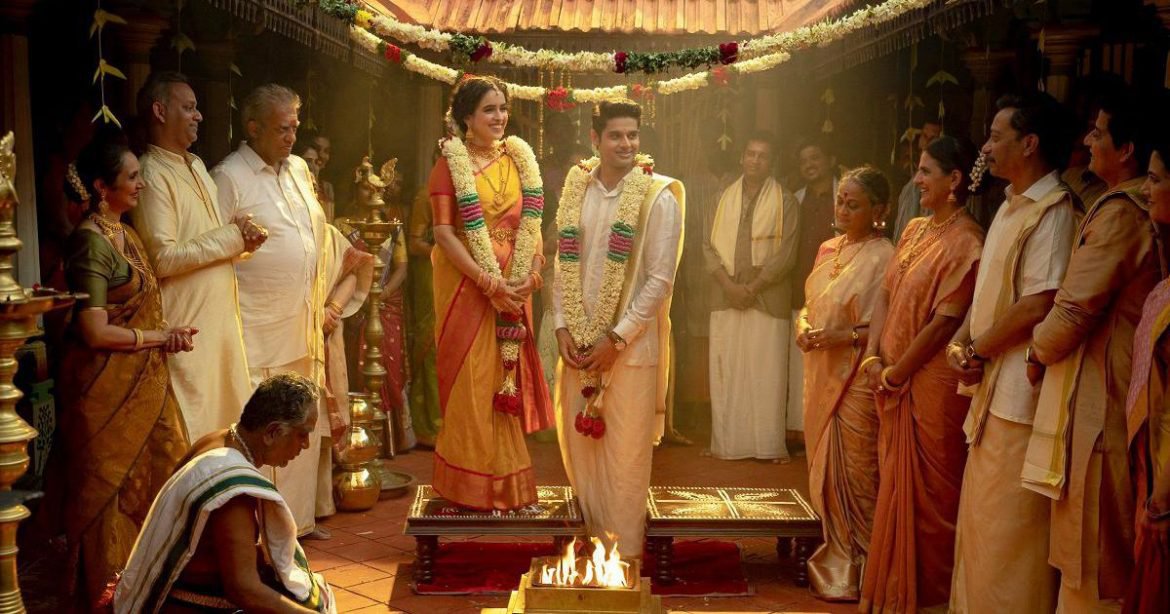
8. Married women always go out all decked up and dressed in mangalsutra and other jewellery.
In Sherni, when Vidya and her husband had to go out for dinner, her mother-in-law asks her to wear jewellery, even though Vidya’s husband is dressed in a casual attire.
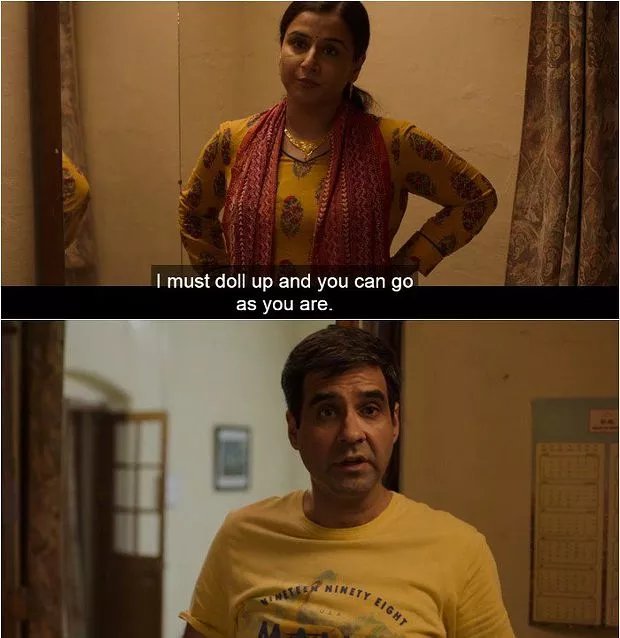
9. People dealing with post-traumatic stress disorder or addiction look like zombies.
In The Girl On The Train, Parineeti is shown dealing with PTSD and addiction. The film successfully stereotypes women dealing with post-traumatic stress disorder or addiction. Parineeti’s character has ‘black nails and dark eyes’ and she looks like a zombie. Can we be more realistic if we want to break taboos around mental health?
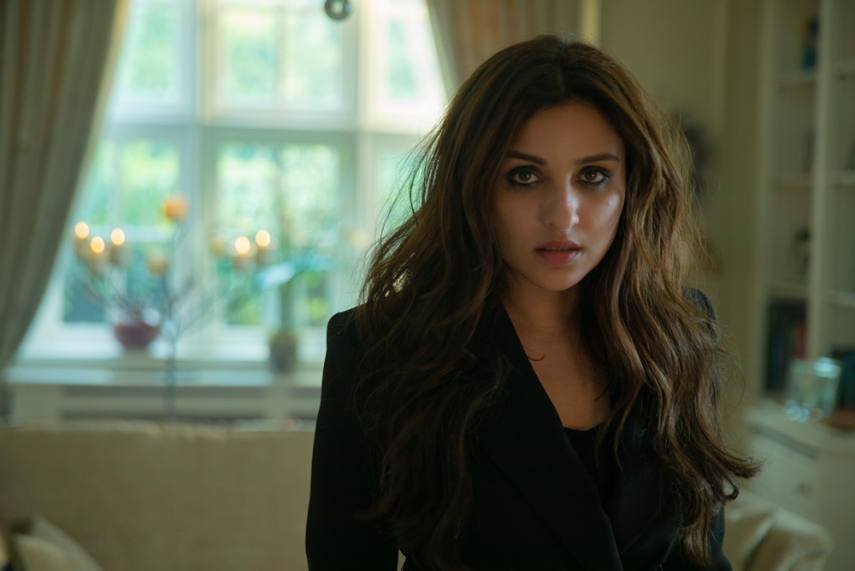
10. A Muslim can either be a Kasab or a Kalam, there’s nothing in between.
Throughout the film Sooryavanshi, the characters try to establish who is a good Muslim and who’s a bad Muslim. There’s a scene where Akshay Kumar refers to one of his former colleagues (a cop) as a ‘good Muslim’ while he refers to another policeman played by Gulshan Grover as ‘bad Muslim’.
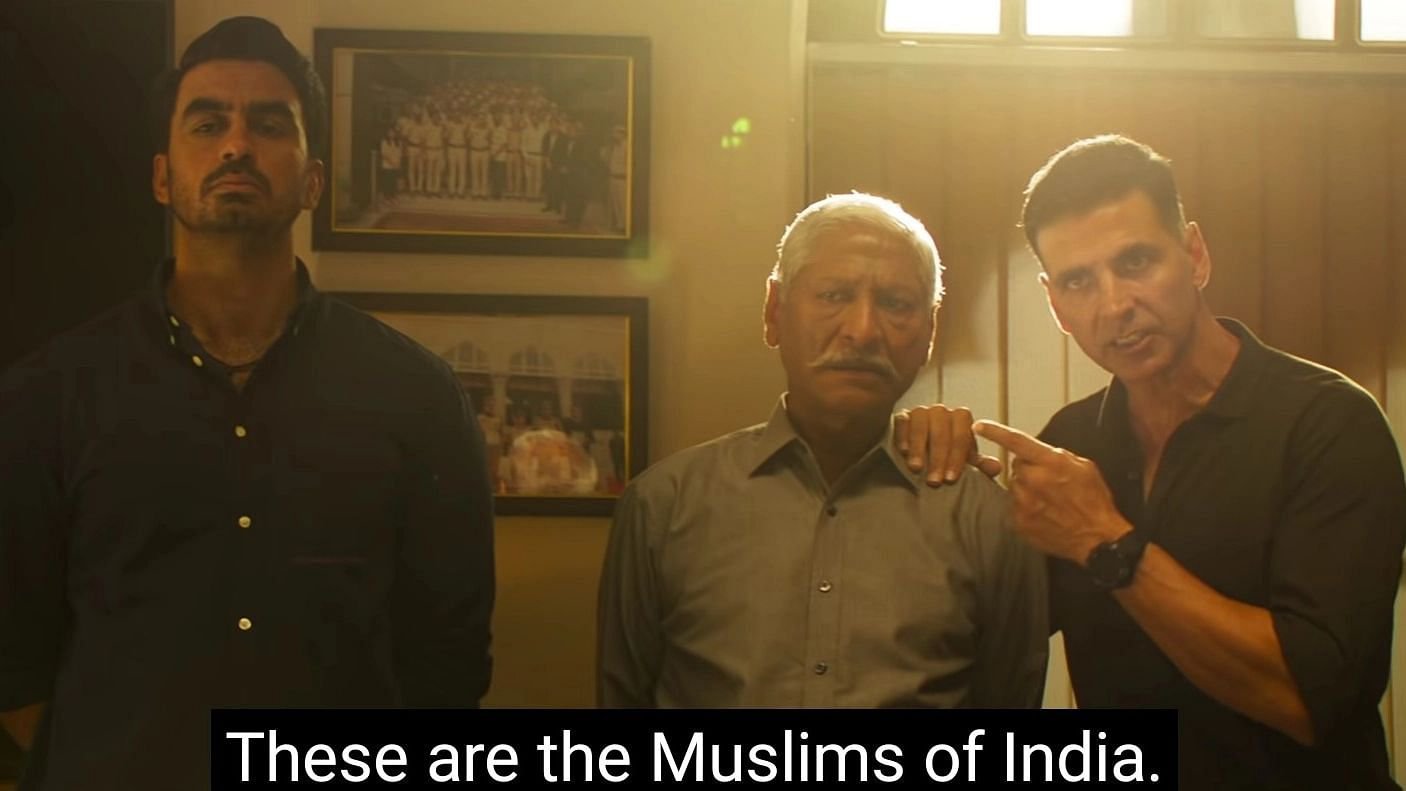
11. All South Indians are dark-skinned.
Raji (Samantha Ruth Prabhu) in Family Man 2, a key member of a Tamil Rebel outfit, was made to look several shades darker. Why? Because that’s how all Tamils or Sri Lankans look?
Yaa Family Man is all okay and yaa JK and Umayal bonding over similar pronunciations in Marathi and Tamil is okay and yaa Sri Lankan Tamil sounds better to my ears but brown-face Samantha? What was the need? Tchah.
— श्रेया | Shreya (@iconohclast) June 5, 2021
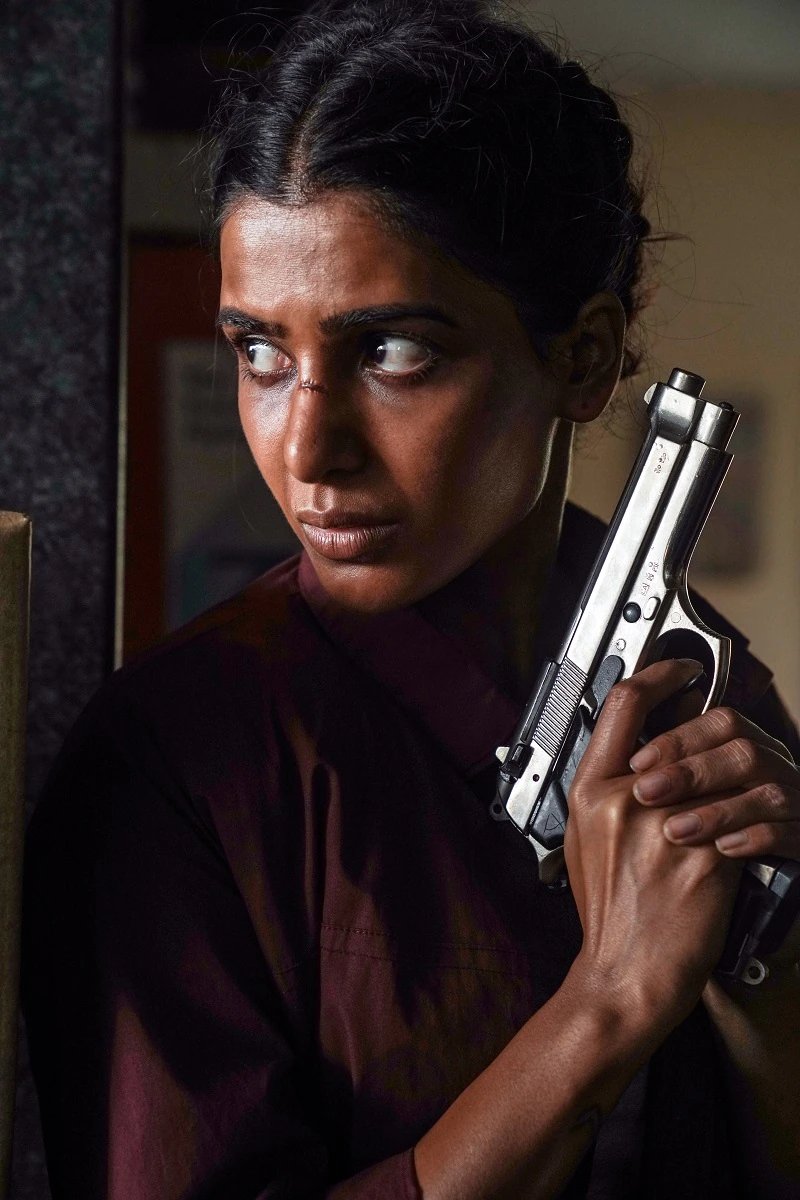
Stereotypes in films impact public opinion and it’s time we do away with them.
Did we miss any? Tell us in the comments section below.




